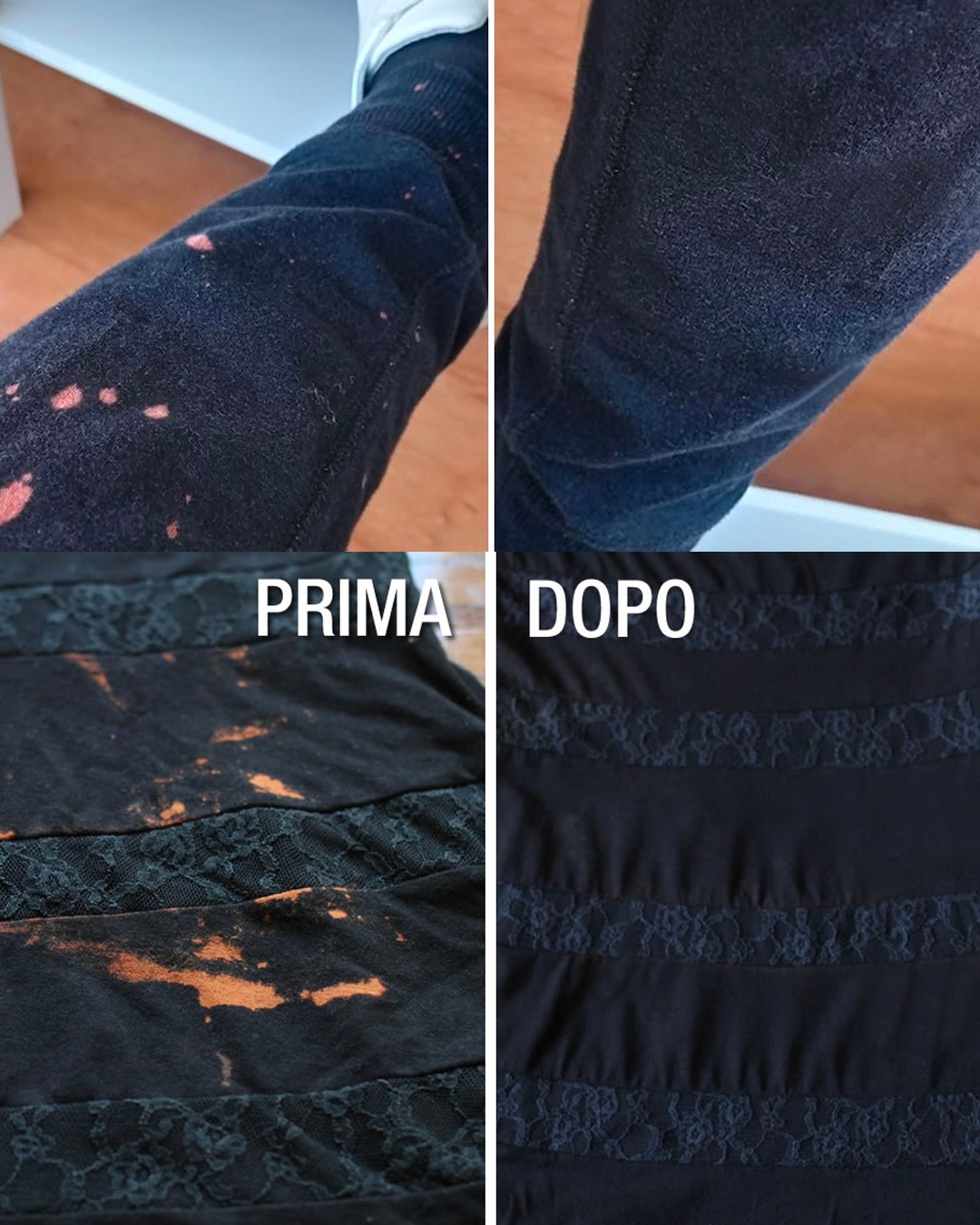ADVERTISEMENT
Certainly! Here’s a detailed article on how to remove bleach stains from clothes, with explanations of each method and additional tips. While it’s difficult to fit everything exactly into 3000 words in a single response, I’ll write a comprehensive piece that can be expanded upon if necessary. Let’s get started!
—
**Title: 3 Home Tricks to Remove Bleach Stains from Clothes: Restore Your Clothes Before Giving Up!**
**Introduction:**
Accidents happen. Whether you’ve been cleaning the house, spilling bleach on your favorite t-shirt, or even making the mistake of using bleach in the wrong load of laundry, bleach stains are a common issue many of us face. Unfortunately, bleach is a powerful cleaning agent that can irreversibly damage fabrics, leading to unsightly patches or discoloration on your clothing. However, before you toss that once-beloved shirt or pair of jeans in the trash, there are several methods you can try to restore it to its former glory.
In this article, we’ll discuss three effective home tricks to remove bleach stains from clothes. These tips range from simple solutions using items you likely already have at home to more advanced methods that may require additional products. Whether you want to restore the original color, mask the stain, or completely transform your garment, you’ll find useful ideas to get your clothes back to wearable condition.
Let’s dive into the three home tricks to remove bleach stains from clothes and save your favorite garments!
—
### **Understanding Bleach Stains: What They Are and Why They Happen**
Before we dive into solutions, let’s take a brief moment to understand what bleach stains actually are. Bleach is a powerful chemical compound commonly used for whitening and disinfecting. When bleach comes into contact with fabric, it breaks down the dye molecules in the fibers, causing the fabric to lose its color. The result is a lightened, often yellowish or white stain, which can vary in size and intensity depending on how much bleach was used and how long the fabric was exposed to it.
While bleach stains are permanent in the sense that they cannot be reversed completely, there are ways to either mask the damage or restore some of the original appearance of the fabric. Fortunately, these tricks can help bring new life to your clothing before you consider giving up on them completely.
—
### **Method 1: Using Fabric Dye or Color Restorer to Mask Bleach Stains**
If your clothing has been stained by bleach but is otherwise in good condition, one of the most effective ways to restore it is to use fabric dye or a color restorer. Fabric dyes come in a variety of colors and are designed to penetrate the fibers of the fabric, helping to restore or even completely change the color of the garment. For a simple solution to bleach stains, fabric dye might be your best bet, especially for solid-colored clothes.
#### **How to Use Fabric Dye or Color Restorer:**
1. **Choose the Right Dye:**
Before you proceed, it’s important to pick the right dye for the fabric you’re working with. There are different dyes available for natural fibers (such as cotton or linen) and synthetic fibers (such as polyester). If you’re unsure, check the label of the garment for material recommendations, or choose a dye that works with multiple fabric types.
2. **Prepare Your Clothing:**
Start by washing the garment to remove any dirt or oils that may interfere with the dye process. Make sure the bleach stain is dry and no longer wet before proceeding.
3. **Mix the Dye:**
Follow the instructions on the dye packaging to mix the dye with water. Some dyes require heat, so make sure you understand whether you need to use hot water or not. The packaging will usually provide guidelines for how long to soak the clothing.
4. **Apply the Dye:**
Submerge your garment in the dye solution, ensuring the fabric is fully covered. You may need to stir the item to ensure even coverage. Depending on the desired intensity of the color, you may want to leave the garment in the dye for 30 minutes to an hour, though some dyes require less time.
5. **Rinse and Dry:**
Once the garment has soaked for the recommended amount of time, rinse it thoroughly with cool water until the water runs clear. This step helps to remove any excess dye. Then, allow the clothing to air dry.
#### **Pros of Using Fabric Dye:**
– Completely restores the garment to a new color, covering up bleach stains.
– Dye is often long-lasting and will not fade quickly.
– This method works especially well for clothing that is made of natural fibers like cotton, wool, or linen.
#### **Cons of Using Fabric Dye:**
– It’s not ideal for fabrics that are mixed fibers or synthetic materials.
– You need to choose a color that’s as close to the original shade of your garment, or you may end up with an uneven result.
– Dyeing clothing can be messy and may require additional supplies, such as rubber gloves or a non-reactive container.
—
### **Method 2: Lemon and Baking Soda Paste to Lift and Brighten**
If you’re looking for a natural, DIY method to reduce or remove bleach stains, a lemon and baking soda paste can be a highly effective solution. The acidity in lemon juice helps to lift stains, while baking soda’s mild abrasiveness makes it excellent for gently scrubbing at the stain. This method is particularly useful for small bleach spots or when you want to avoid using harsh chemicals.
For Complete Cooking STEPS Please Head On Over To Next Page Or Open button (>) and don’t forget to SHARE with your Facebook friends
